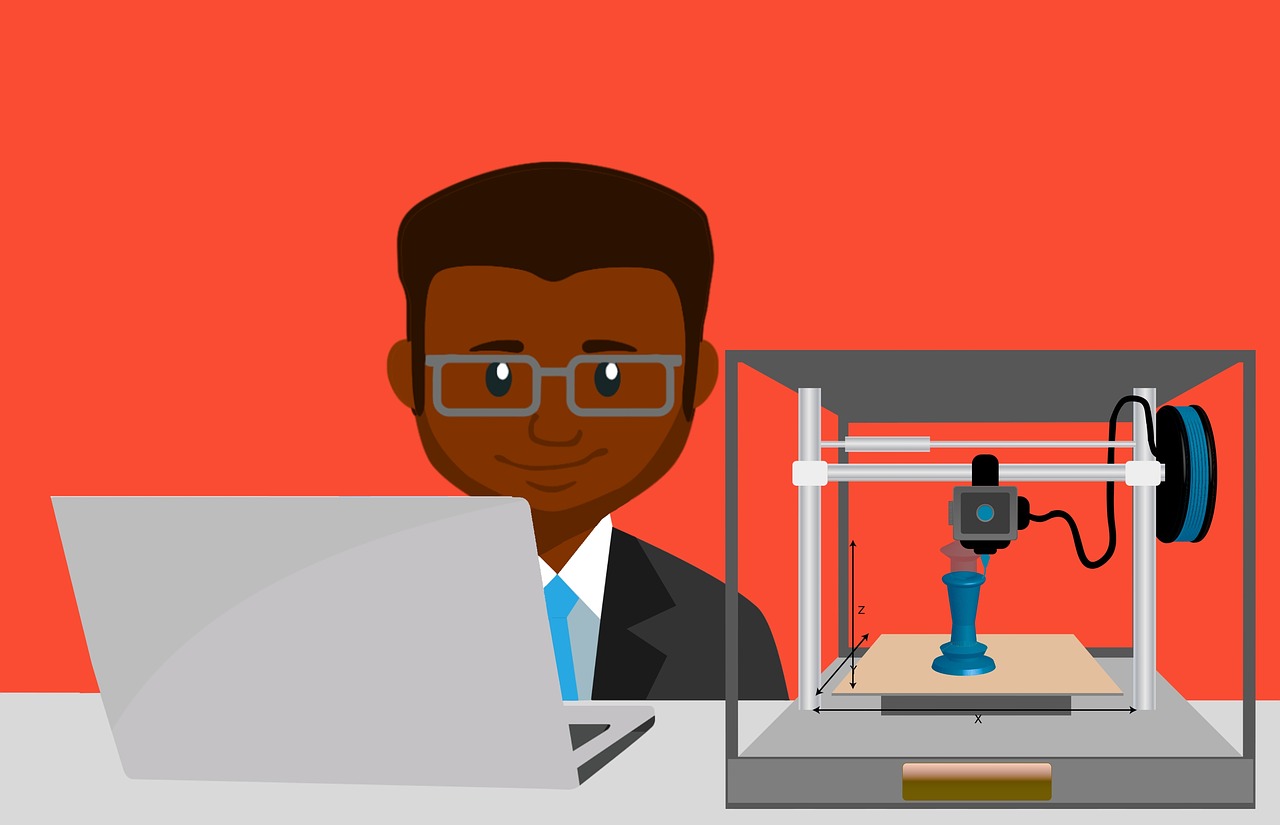
10 Apr CONSTRUCTION COMPANIES: NEW WORKFORCE TRENDS AND INNOVATIONS
The construction industry has always been a significant contributor to the global economy, providing jobs, infrastructure, and growth. As we step into the future, construction companies face a range of new potential hiccups and grand chances for advancement, though. We’re thinking it’s a fine time to discuss the future of construction and how companies can adapt to a rapidly changing world.
After all, the integration of digital technologies into the construction process is no longer a distant possibility but a current reality. Building Information Modeling (BIM), virtual and augmented reality, and drones are just a few examples of technologies being used to improve efficiency, accuracy, and safety on construction sites. Technology of this kind has become an essential tool for construction companies, allowing them to create accurate digital representations of buildings and infrastructure. These models can be easily shared among project stakeholders, streamlining communication, and reducing errors.
Oh, and lest ye forget – the use of virtual and augmented reality can also now provide real-time insights, enabling teams to make data-driven decisions and quickly identify potential issues before they become costly problems. Drones, on the other hand, can efficiently and safely survey sites, monitor progress, and inspect hard-to-reach areas.
Construction companies that invest in these technologies will be better equipped to meet the growing demands of the industry and stay ahead of the competition.
Climate change and environmental concerns have led to a growing awareness of the need for sustainable construction practices too. The future of construction companies will be heavily influenced by their ability to implement eco-friendly solutions that minimize environmental impact while delivering quality projects.
Green building materials, such as recycled or renewable resources, are becoming increasingly popular. These materials have a lower carbon footprint, reduce waste, and can even improve energy efficiency. Construction companies should also consider the implementation of renewable energy sources, such as solar panels, to power their construction sites and finished projects.
In addition to using sustainable materials though, companies must also embrace innovative construction techniques to minimize waste and energy consumption. One such method is modular construction, which involves assembling building components off-site before installation. This approach reduces material waste, transportation emissions, and construction times.
The future of construction companies also lies in the ability to build bridges and find common ground with outside firms as well. For example: The concept of Integrated Project Delivery (IPD) describes a project management approach that encourages collaboration among all parties involved, including architects, engineers, contractors, and owners. In short, the process fosters a shared responsibility for project success, promoting open communication and the use of digital tools to streamline processes.
By embracing IPD, construction companies can ensure that all stakeholders are aligned, resulting in increased efficiency, reduced costs, and higher quality projects.
Note that the construction industry also faces a growing skills gap due to an aging workforce and a lack of new entrants. To remain competitive, construction companies must invest in workforce development and training. This includes providing ongoing education to existing employees and implementing apprenticeship programs to attract new talent. Emphasizing the importance of technology and sustainability in construction can also help attract a new generation of workers who value innovation and environmental responsibility.



